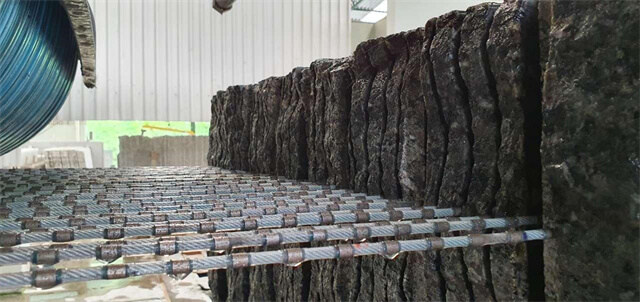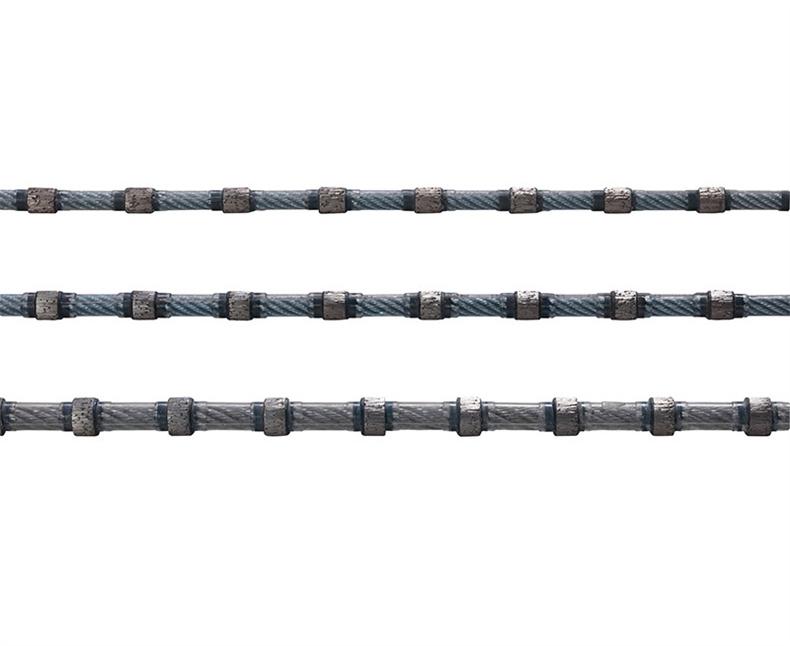Author:Huada Quarrying Machine FROM:Stone quarry machine manufacturer TIME:2024-11-25
When it comes to diamonds, their shape plays a crucial role not only in aesthetics but also in cutting performance. Each diamond shape affects how light interacts with the stone, influencing its brilliance and overall appearance. Understanding these differences can help both jewelers and consumers make informed choices about diamond selection and cutting techniques. This article will explore various diamond shapes, how they impact cutting performance, and the factors that should be considered for optimal results.
Diamonds come in various shapes, each with unique characteristics that affect their cutting performance. The most popular shapes include round, princess, cushion, emerald, and oval. Each shape has its own set of proportions and angles, which can significantly influence how a diamond reflects and refracts light. The design and cut quality are paramount, as even a slight variation can lead to noticeable differences in brilliance and fire.

The round brilliant cut is often considered the standard against which all other diamond shapes are measured. This shape features 58 facets that are strategically arranged to maximize light return and brilliance. The ideal proportions of a round diamond—specifically, its depth, table size, and crown angle—are finely tuned to create optimal sparkle. This shape's cutting performance is unmatched, making it the most popular choice among consumers. Jewelers often use advanced technology to ensure precision during the cutting process, enhancing the diamond’s overall performance.
The princess cut is characterized by its square or rectangular shape and sharp corners. While this shape can produce a stunning display of brilliance, it also presents unique challenges in cutting. The angular structure requires precise cutting to avoid chipping. Additionally, the depth and table proportions must be carefully balanced to achieve maximum light performance. A well-cut princess diamond can reflect light beautifully, producing a captivating sparkle akin to that of the round cut, but achieving this requires skill and attention to detail.

Cushion cuts, often referred to as “pillow cuts,” combine a square shape with rounded corners. This vintage style has regained popularity due to its romantic appearance. However, cushion diamonds often have varying facet patterns that can affect their brilliance and fire. The cutting performance of a cushion cut relies heavily on the skill of the cutter; improper angles can lead to dullness and lack of sparkle. The modern cushion cut aims to enhance light performance while maintaining the classic charm of the design.
The emerald cut is distinctive for its step-cut facets and rectangular shape. Unlike other shapes, emerald cuts emphasize clarity over brilliance, allowing viewers to appreciate the diamond’s color and clarity. This shape requires exceptional cutting precision, as any inclusions or imperfections can be more visible due to the large table and open facets. The cutting performance of an emerald cut is therefore often judged on its clarity and proportion rather than on the sparkling brilliance characteristic of other shapes.
The oval cut is an elongated version of the round brilliant cut, offering a flattering appearance that can make the diamond appear larger than its actual carat weight. The cutting performance of an oval diamond depends on the symmetry and proportions of its facets. When cut correctly, an oval can exhibit brilliance comparable to a round diamond. However, if the proportions are off, it may show “bowtie” effects, where a dark area appears across the center of the stone, detracting from its overall beauty.
Several factors influence the cutting performance of diamonds regardless of their shape. These include the quality of the rough diamond, the skill of the cutter, and the intended design. A high-quality rough stone allows for more flexibility in cutting, enabling the cutter to optimize proportions for light performance. Moreover, advancements in cutting technology, such as laser cutting, enable greater precision and consistency, enhancing the overall quality of the final product. It's essential for cutters to understand how different shapes interact with light to make educated decisions during the cutting process.

In conclusion, the shape of a diamond significantly impacts its cutting performance and overall appearance. Each shape brings its unique characteristics, challenges, and beauty. Whether opting for the timeless round brilliant cut or a more modern princess or cushion shape, understanding these differences can guide consumers in making informed decisions. Jewelers play a crucial role in ensuring that each diamond is cut to enhance its natural qualities, ultimately affecting its brilliance and appeal. By recognizing the intricacies of diamond shapes and their cutting performance, buyers can select the perfect diamond that meets both aesthetic desires and performance expectations.